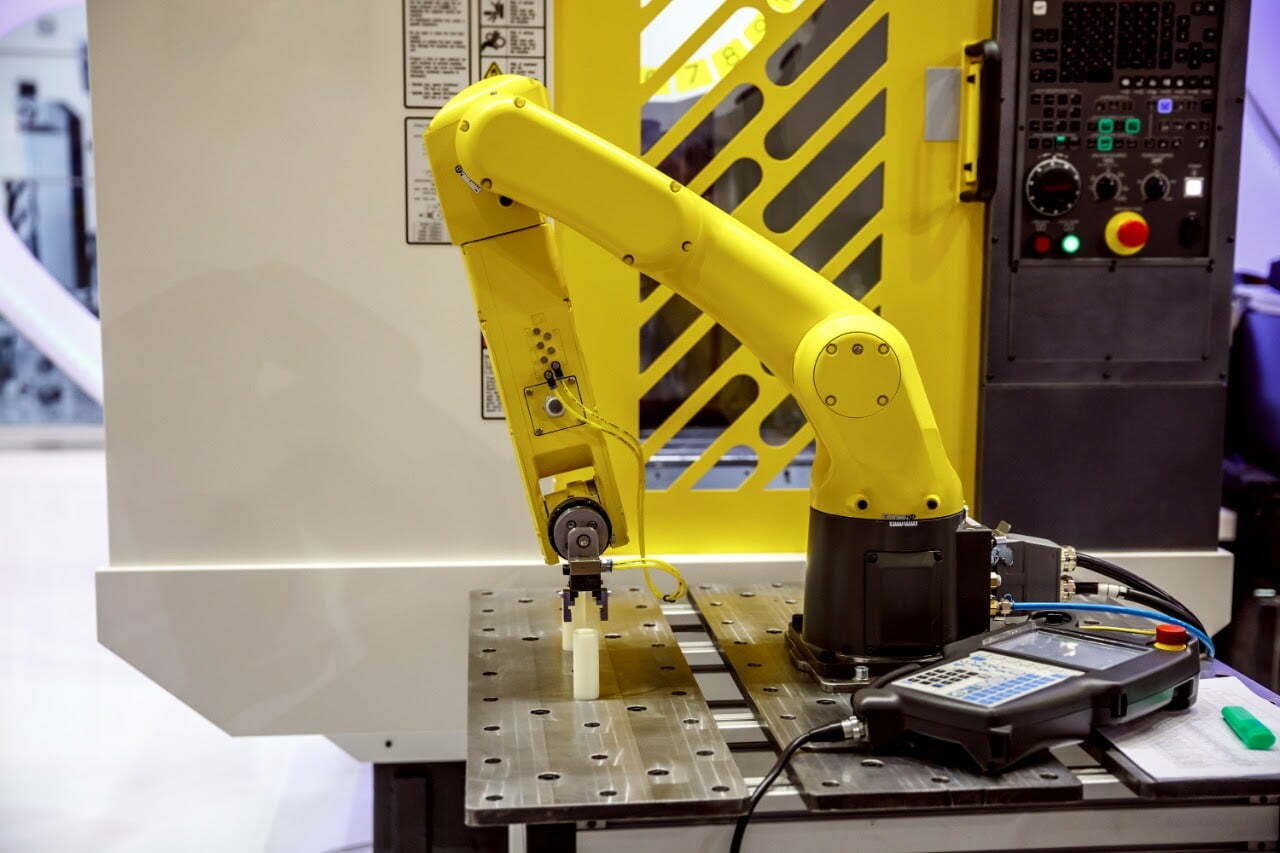In the current decade, a new technological revolution is unfolding, the main technologies of which are already well known: these are artificial intelligence, 3D printers, the Internet of Things, biotechnology, new materials, digital twins, etc. In the early 2000s, the expert community was asking: Does it make sense to invest in such technologies? Now many countries have entered the race: who will quickly master these technologies and find applications for them, creating new products or services with their help. The ecosystem plays an important role here, allowing supply and demand to merge.

Trends of the new technological revolution
New technologies provide a strong increase in labor productivity; we need only recall the impact on the industry of the appearance of the steam engine. Today, the focus is on artificial intelligence and robotics. During the World Economic Forum, which took place from January 23 to 26, 2018, it was predicted that artificial intelligence and robots will replace humans in more than 75 million jobs by 2022, although 133 million jobs will appear, as of March 2020 in the United States, job applications exceeded 38.6 million units.
Requirements in global technology trends
People are interested in the emergence of goods with new consumer and business properties, in reducing the cost of goods, optimizing production processes, and the ability to better anticipate the needs of each individual. On the part of society and the state, there is a demand for ecology, i.e. reduction of waste and emissions, and ethics; the latter is also one of the key trends.
Automation in global technology trends
Modern technology meets many of the above requirements: an entire factory can be controlled remotely and the technology used is environmentally friendly. For example, a 3D printer prints what is needed with the indicated requirements, a kind of waste-free production.
What areas are global technology trends divided into?
The requirements of society, the state, and enterprises have led to the emergence of technologies that provide a new production paradigm: large-scale, total, leading to a change in production, logistics, and commercial chains. The technologies of the new industrial revolution are divided into several classes: for example, robotic complexes, design-related systems, monitoring systems, Internet of things. According to various expert estimates, everything included in the Internet of Things (systems, algorithms, sensors) exceeds in total the number of people living on the planet.
Purpose of new technologies
The technologies of the new industrial revolution should help a person to unleash their creative abilities: adopting the same concept of a smart city that actively uses new technologies: the city becomes as adaptable as smart home, adapting to the city dweller, providing sustainable and environmentally friendly infrastructure and a work-life balance, helping the person to develop.
View: Green Industry: How to make factories green?
Threats to the industry
The first challenge we face is cybersecurity; we ourselves provide a large amount of personal data to systems. The risk of cyber attacks will increase over the next decade. At best, this will be limited only to hacking personal pages, but there are also more serious threats associated with hacking, for example, the system of a nuclear power plant. For Mexican companies, cybersecurity risks are the most important. As companies become part of the new industrial revolution, they face inevitable threats.
The transition of technological trends
On the other hand, the technological transition presents barriers in systems associated with artificial intelligence and robotization, where they have faced the fact that sometimes, instead of digitizing a commercial complex, it is easier to create it from scratch, because of the infrastructure is not designed for the new technologies. For example, a smart elevator does not work well with smart video cameras that were installed in the 1990s. And the complex itself cannot be immersed in a common eco-environment, even though its individual elements are there. The problems associated with system integration will definitely be quite significant.
Manufacturing in global technology trends
On the production side, many factories are really deserted in terms of personnel and the production paradigm is changing. But man is still the main creator, designer, engineer. For example, the agro-industrial complex is already part of the modern production system, which a person can control from anywhere in the world, having the necessary knowledge in the field of chemistry, biology, veterinary medicine, etc.
View: Industry 4.0
Economic challenges of global technology trends
The demand for new technologies will be formed not only by various groups of the population and the state but also by the new ecosystems we are creating. Everyone finds their place in the ecosystem: producers, consumers, intermediaries, the state and society as such. And if we consider the supply, demand, and infrastructure ecosystems as a whole, we will understand exactly what we can do in this decade, from 2020 to 2030.
New functions and core competencies
New global trends, in addition to bringing great benefits to society, bring with them challenges that can be both man-made and caused by climate change; biotechnological attacks, and overexploitation of natural resources affecting the biodiversity of flora and fauna. There are also challenges associated with a change in value chains: what a person has created over several centuries is now being greatly modified by new technologies.
So, in the new technological revolution, demand becomes personalized, environmentally and ethically sensitive, and assumes that everything is tailor-made for a specific business or a specific manufacturer. Science helps here in the part related to new materials, new energy sources, and artificial intelligence algorithms; this is a separate large area that also needs to be studied in sufficient detail.
All the advances of the new technological revolution are interdisciplinary: this is the convergence of nanotechnology and biotechnology, IT technology and medicine, new materials and energy, transportation and intelligent systems, that is, it is a constant union and convergence. And the competencies associated with the ability to think critically in the noise of information, to look systematically at the problem, to dive into it very deeply and again go in interdisciplinary directions, to look into the future and solve a turnkey problem, to make quick and effective decisions in changing conditions, will become the core competencies of the next decades.
Unfortunately, no technological revolution has ever been complete without social upheaval. And the measures now being taken by the governments of developed countries are aimed at curbing possible social upheavals, creating new jobs, etc. This is a great mission: to help people enter the new technological revolution and utilize its benefits. A major advantage of the next decade is that it will allow us to make changes at our convenience.
